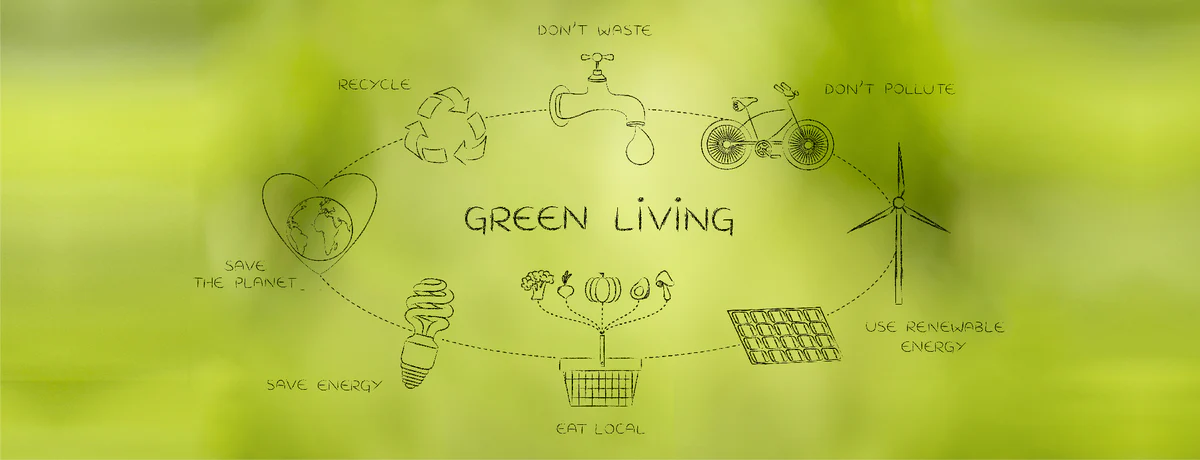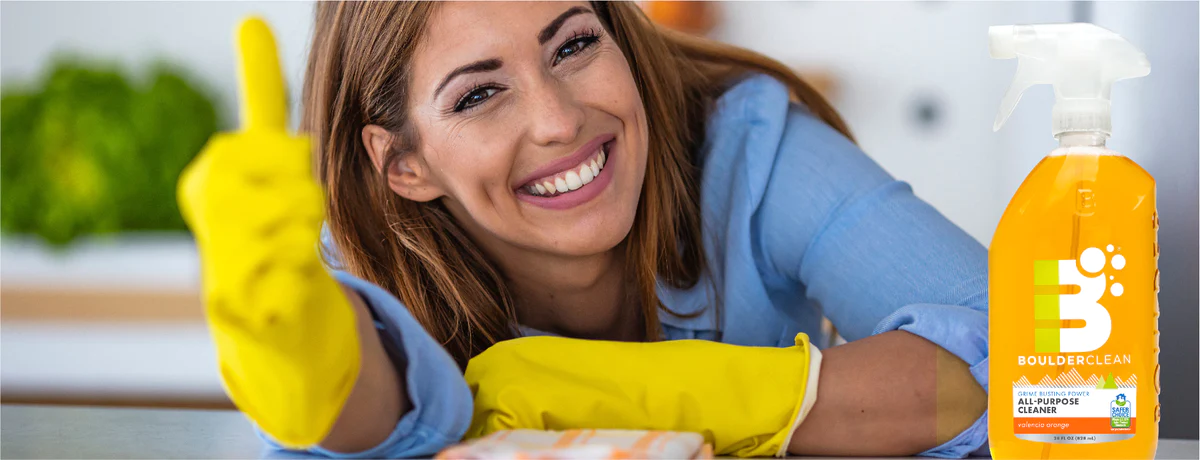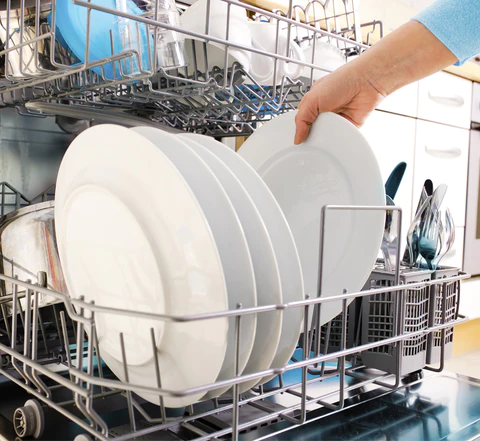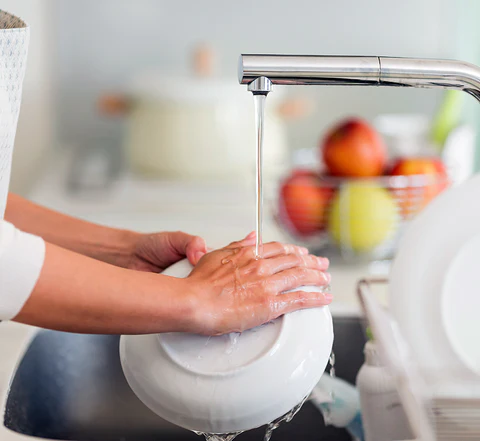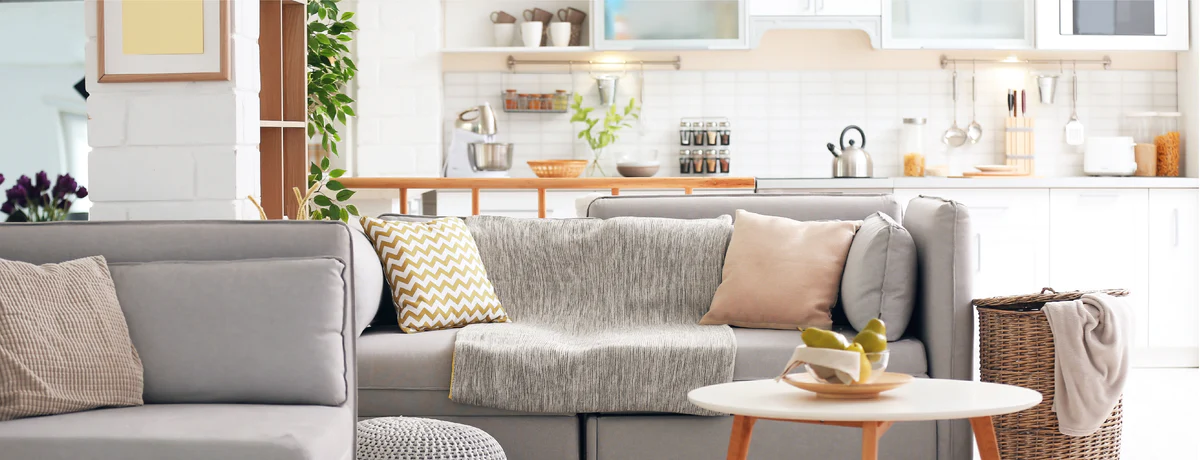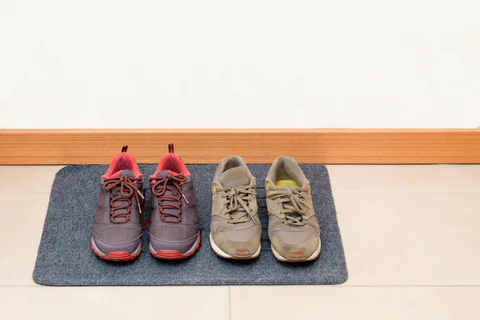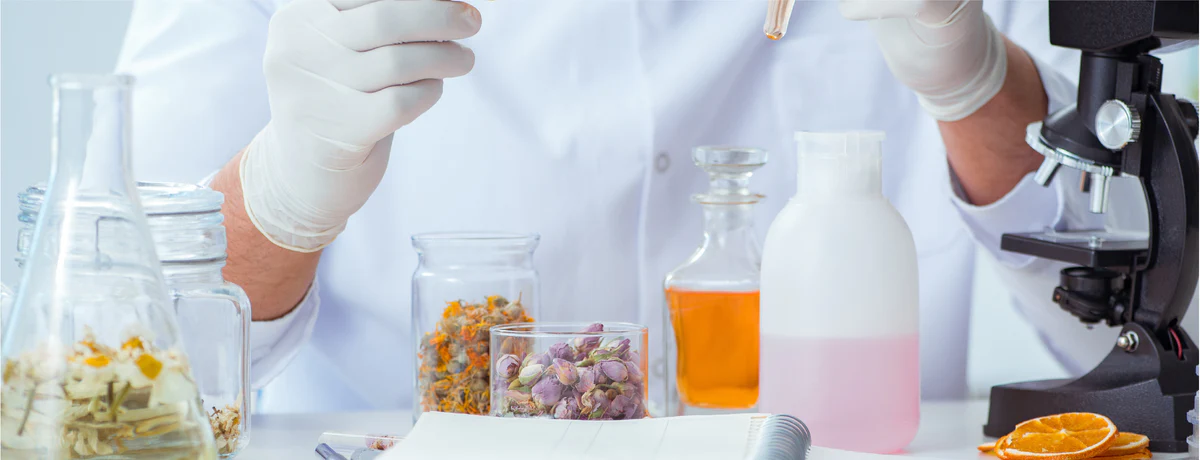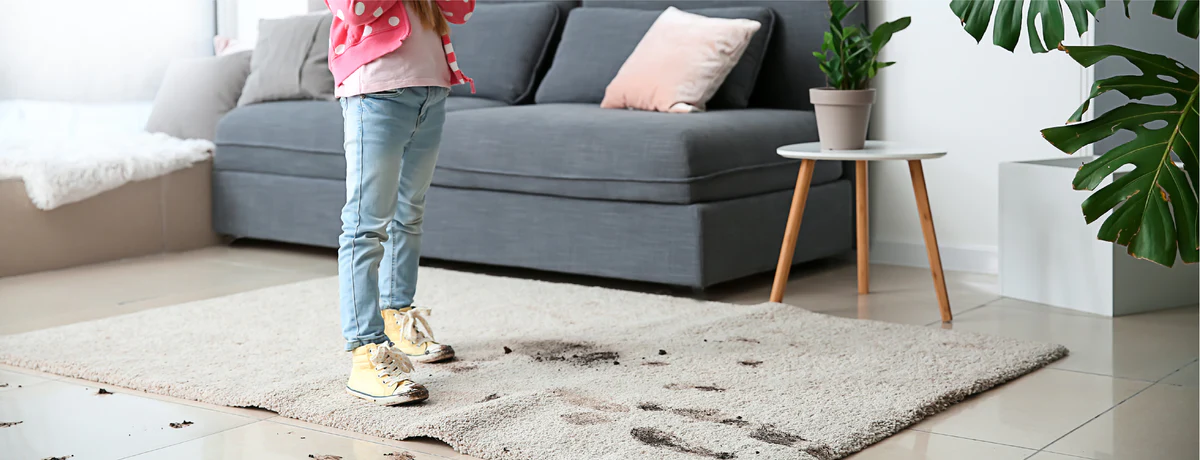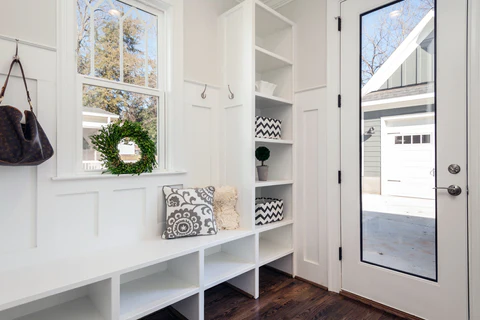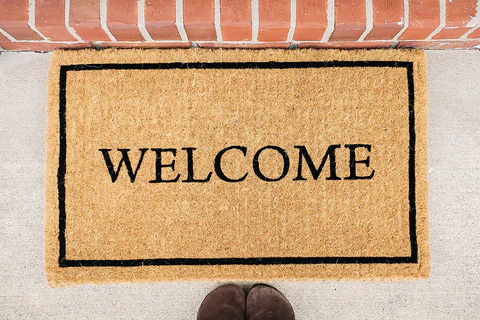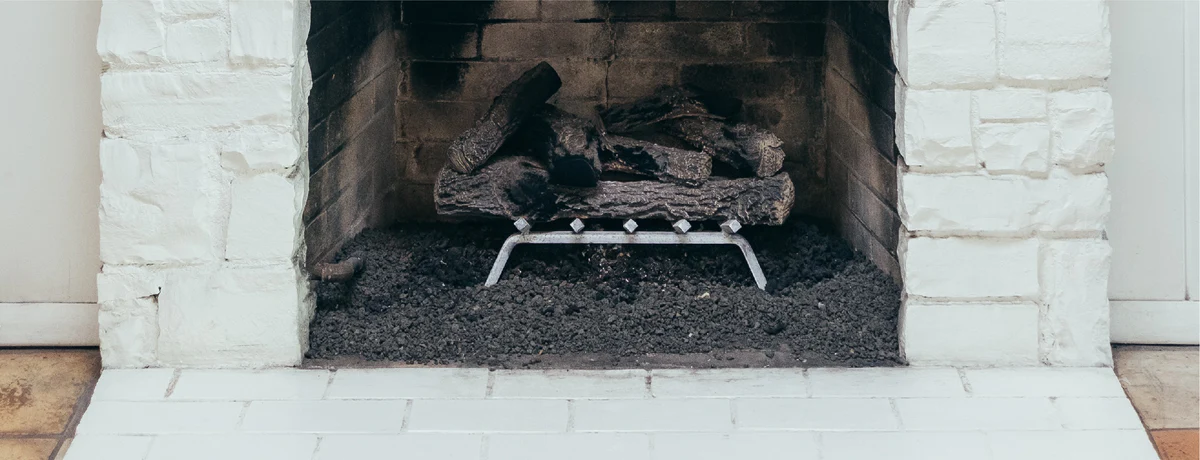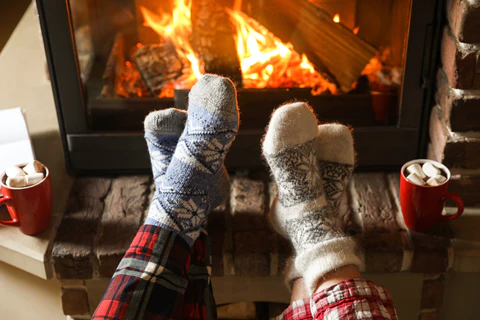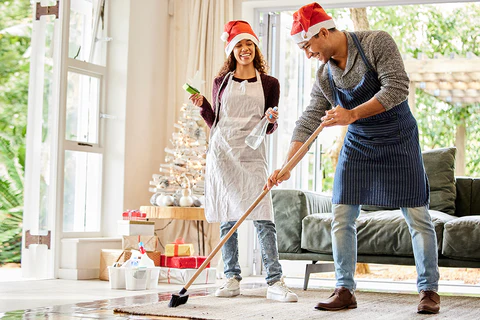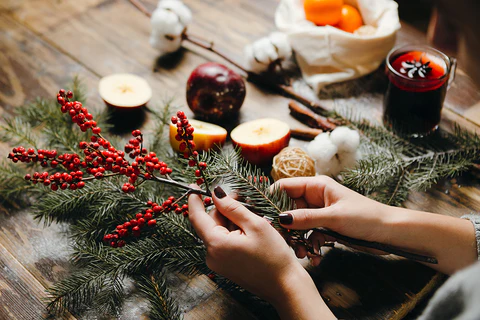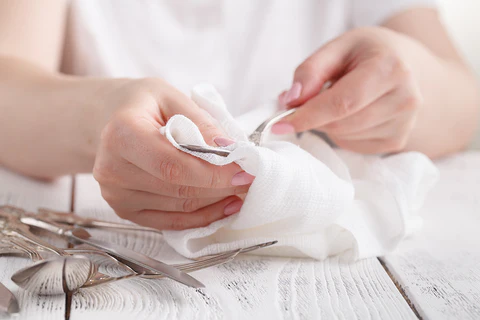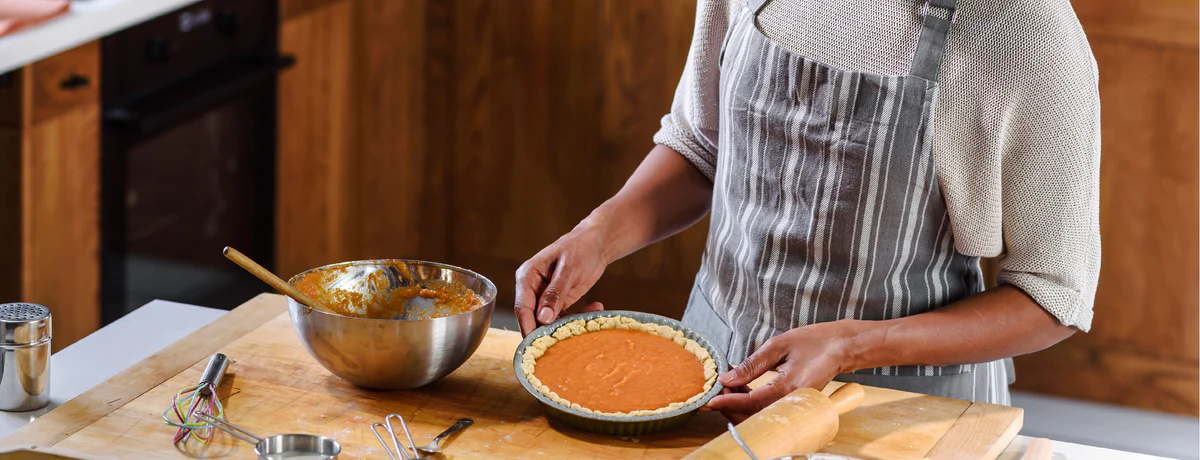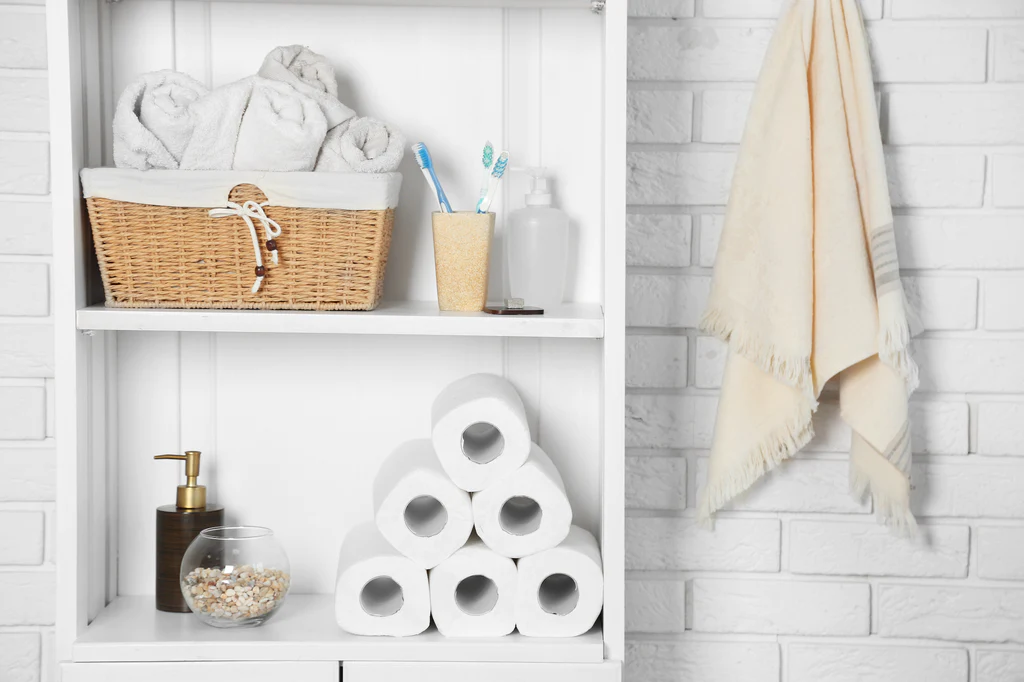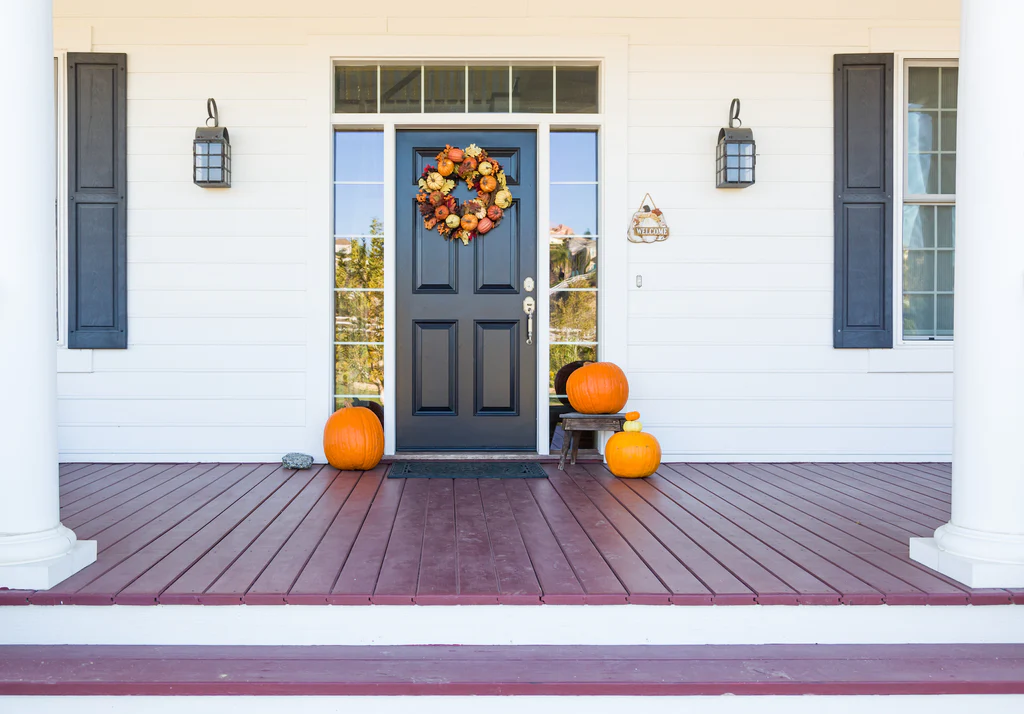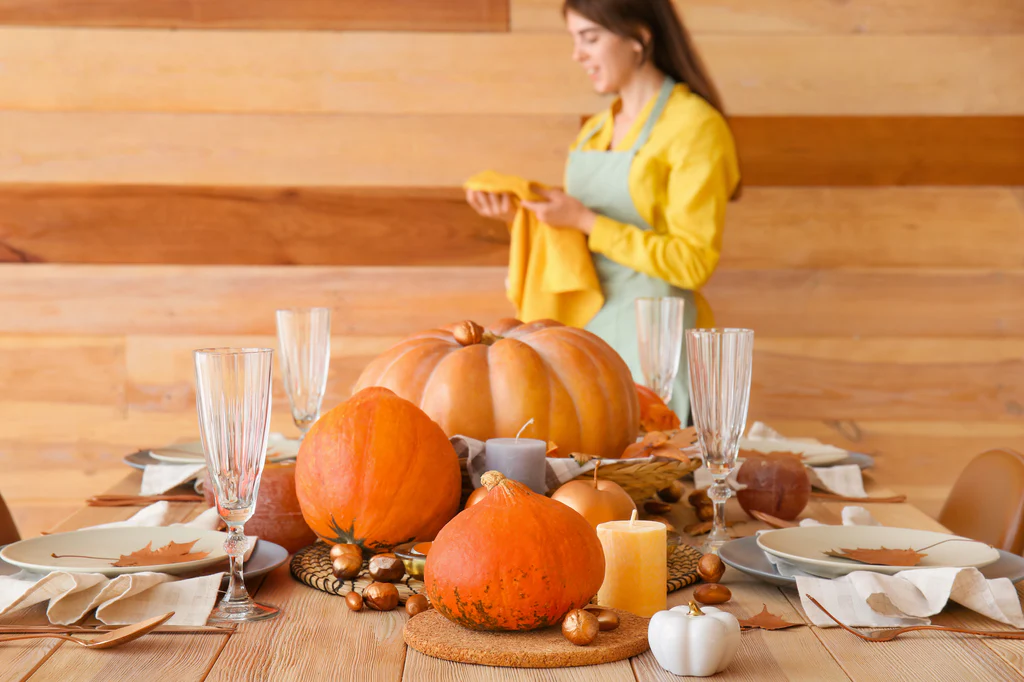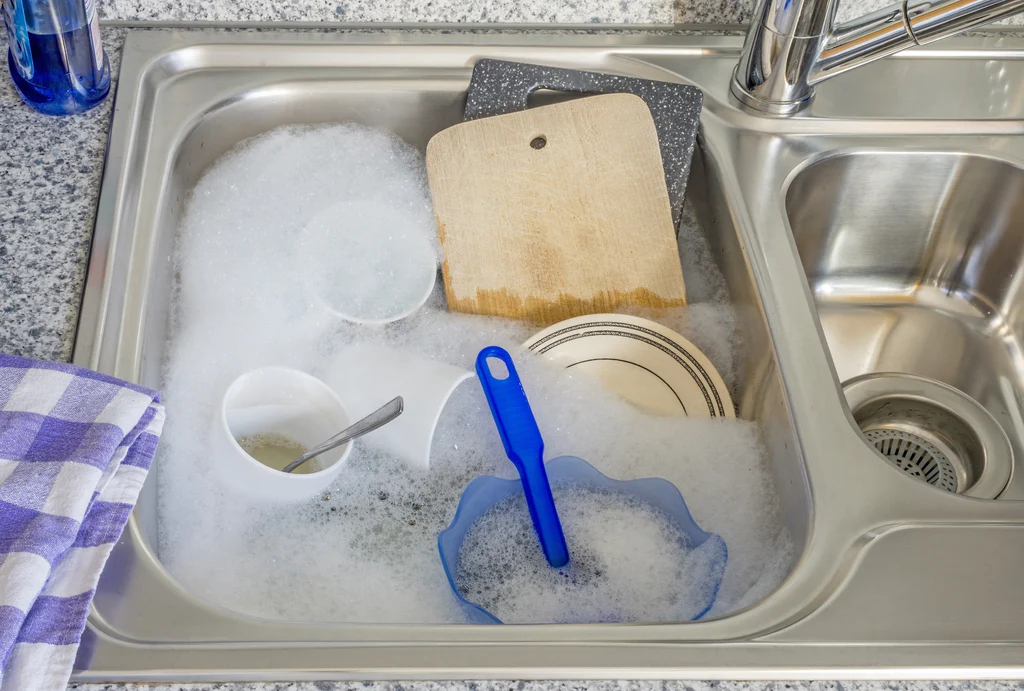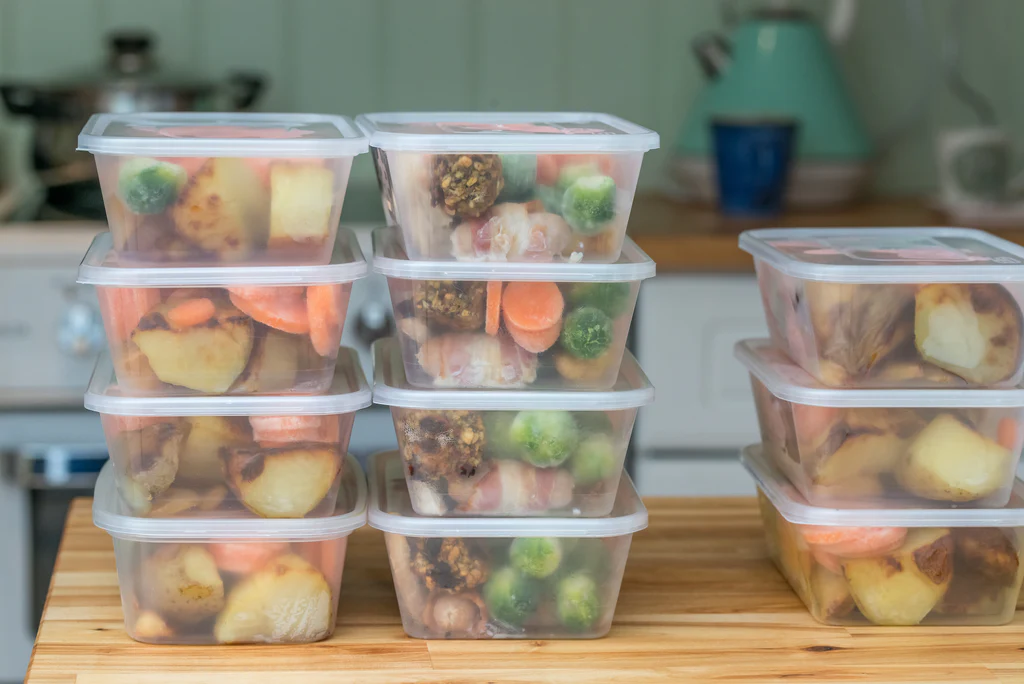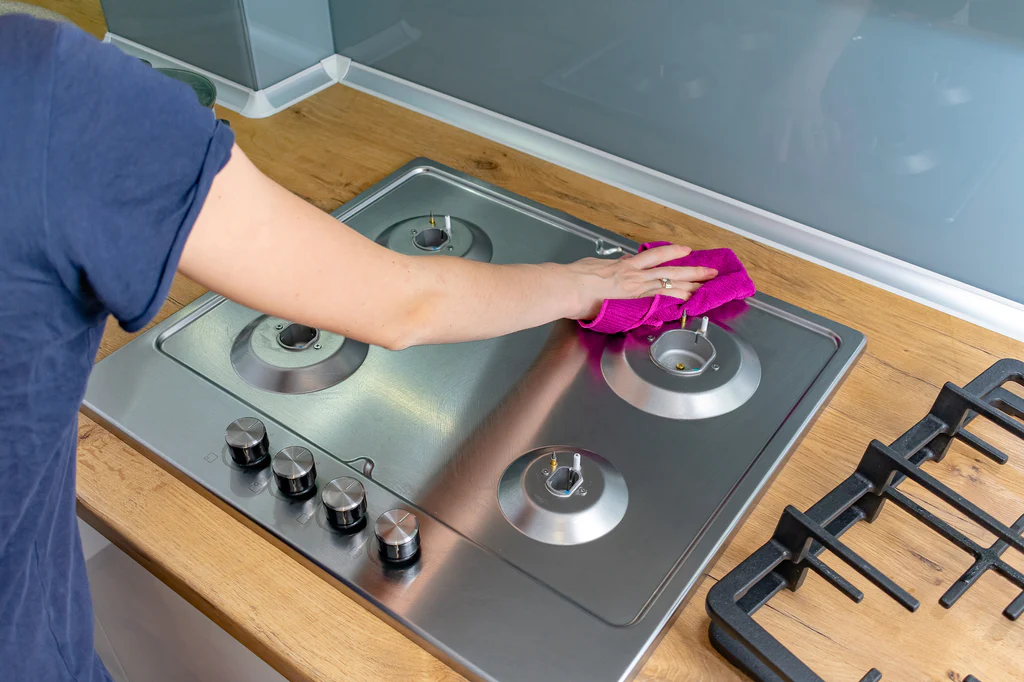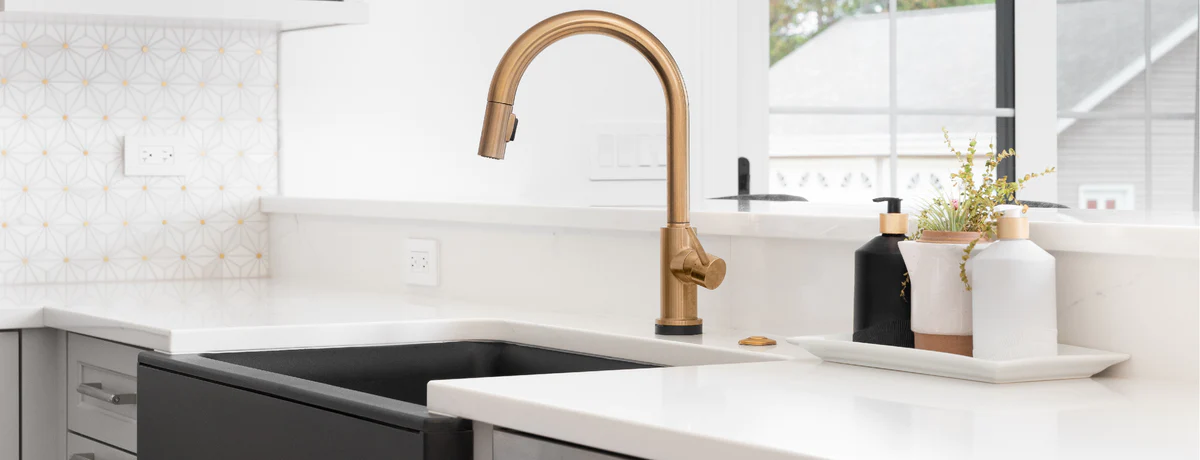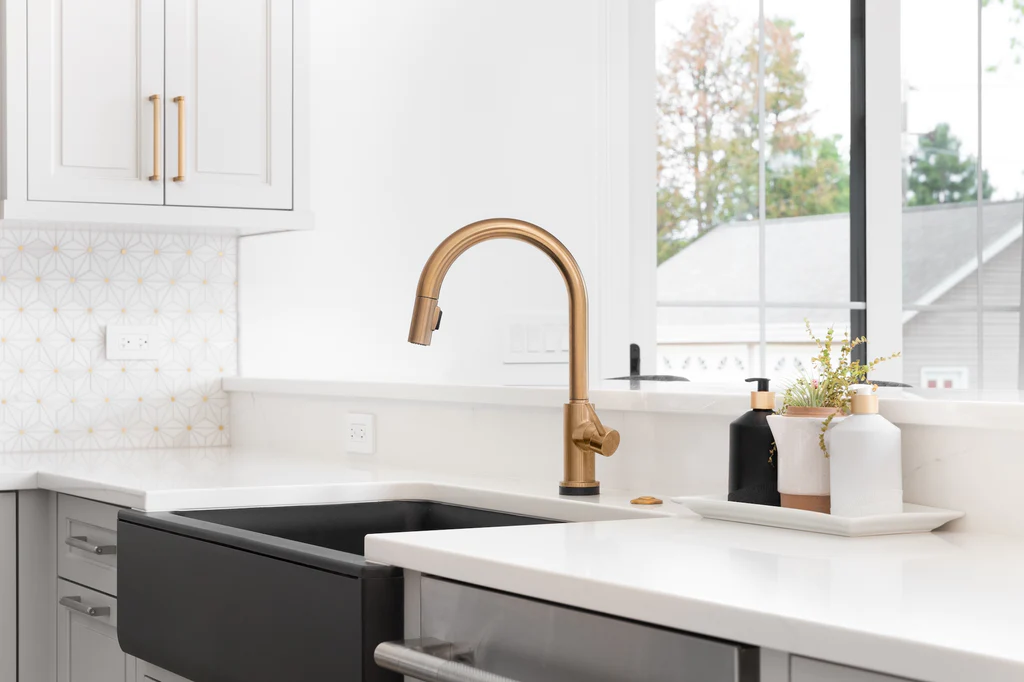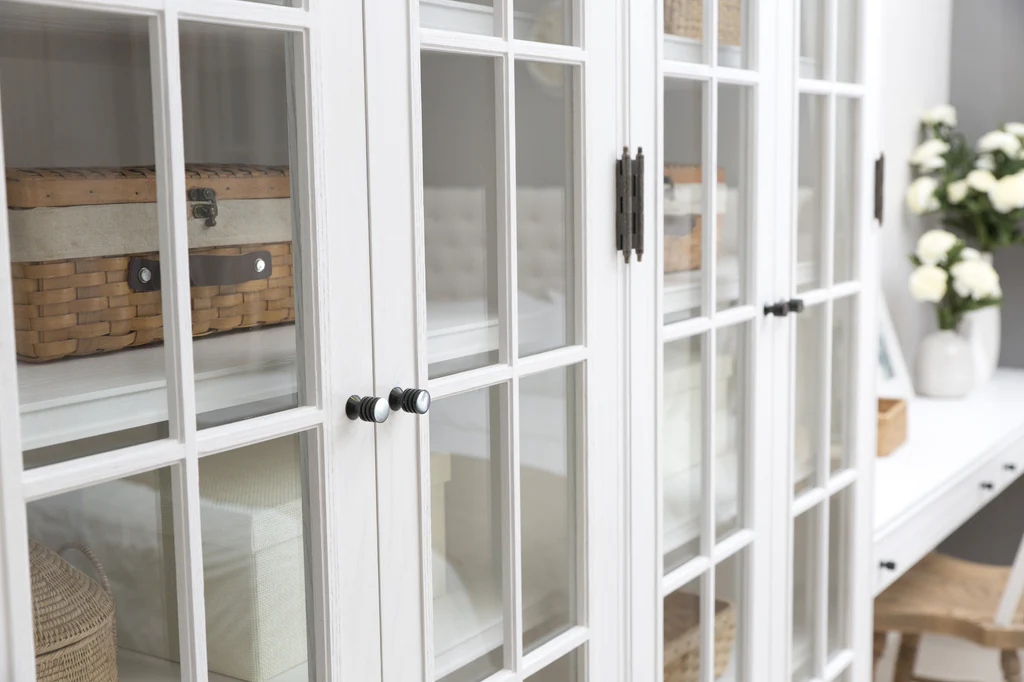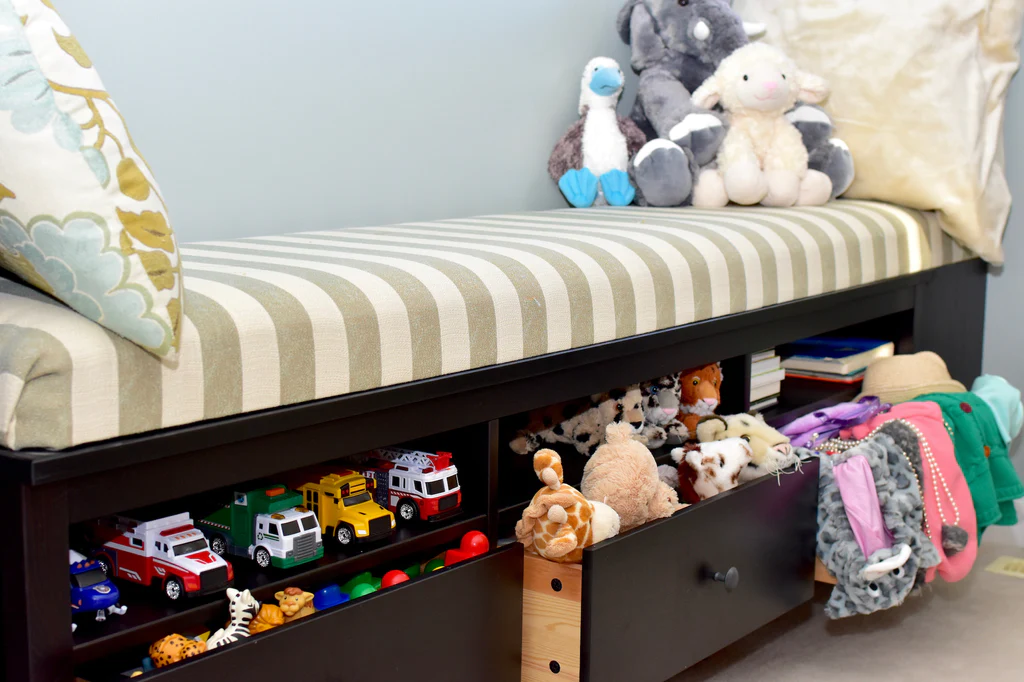What Does Going Green Mean?
Going green means implementing certain lifestyle changes designed to help you live in a more eco-friendly way. It means becoming more environmentally aware and changing your behavior and lifestyle to reduce the amount of pollution and waste you generate.
The decision to go green is a gradual process for most people. Any action you take that contributes to sustainable living makes a positive impact on the environment. Everyone can implement small changes into his or her current lifestyle to make a difference for the Earth and future generations.
Why Go Green?
While most people are aware that going green is good for the Earth, they may not fully understand the extent of its impact. Going green leads to a healthier lifestyle, a cleaner environment, it saves you money and is good for your children’s future. The green initiative is about conserving resources so that your needs and the needs of future generations can be met.
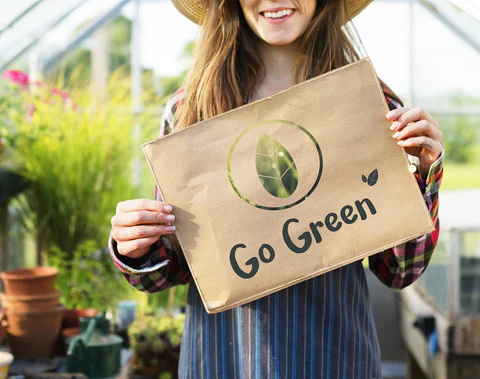
How To Go Green
Going green is often simply a matter of replacing old habits with new ones. Each time you make a conscious decision to conserve natural resources, you take another step toward green living.
- Turn Off Lights
- Switch off lights as you leave a room, which saves energy and reduces your electricity bill.
- Set Your Thermostat
- Set your thermostat above 78 degrees Fahrenheit in the summer and below 60 in the winter. Wear less clothing in summer and more in winter. Open windows rather than running the air conditioner, if possible.
- Conserve Water
- Take shorter showers. Turn water off while brushing your teeth or shaving. Fix leaky faucets. Run your dishwasher and washing machine only when you have a full load.
- Recycle
- Recycle aluminum, cardboard, glass and plastic materials if possible. By doing so you reduce the amount of waste headed to landfills.
- Reuse
- Find ways to reuse things that cant be recycled rather than throwing it away. Old clothing can be used as rags. Large containers can be turned into planters. Consider donating large items you no longer want or need.
- Change Your Light Bulbs
- Switch to compact fluorescent bulbs which last longer and use less energy.
- Bring Your Own Grocery Bags
- Reduce waste by bringing your own grocery bags to the store to use again. Purchase reusable cloth grocery bags to keep in your car for trips to the store.
- Eat Greener
- Support locally grown produce which reduces greenhouse emissions by reducing the demand for shipments of processed food products.
- Buy Local and from Eco-friendly Brands
- When you buy local, you are not only supporting local farms and businesses, but you are supporting the global environment by reducing shipping fuels from foods and supplies that have to travel long distances.
- Carpool, Bike or Bus
- Carpool with your co-workers, or walk or take your bike when weather permits.
- Familiarize yourself with your city’s public transportation and bus systems. You’ll cut your gas bill and reduce your car emissions.
- Unplug
- Even when appliances are turned off they continue to draw electricity. Unplug seldom-used appliances or plug related appliances into a power strip to turn off when finished using them. Unplug electronic chargers when not in use.
What is the Difference Between Going Green and Sustainability and Eco-Friendly?
Many people confuse going green, sustainability, and eco-friendly — but the differences between the three aren’t so difficult once you look into it.
Simply put:
- Going green refers to all aspects of environmentally-friendly products from fashion to buildings to the movement as a whole.
- Eco-friendly means that a product, practice, or activity won’t harm the environment.
- Sustainability means that what we do today doesn’t deplete resources for future generations.
Buying Green vs Buying Sustainable
Some products may be considered green due to their makeup, but they may not be considered sustainable due to their production.
For example, a product made from renewable sources such as a wooden hairbrush is considered green, however if a life-cycle analysis of the production process showed that it takes a lot of energy to manufacture and ship and there is no way to properly dispose of the hairbrush when you are finished, it is not sustainable.
Ideally, you should try to find brands and products that are both green and sustainable.
Being eco-friendly means thinking about the ecology of the earth and making sure the products you consume, and the practices you keep, have a minimal impact on the earth itself.
Eco-Friendly Products
Many products will be labeled as eco-friendly, but what exactly does that mean? First of all, the products should be non-toxic. This means that they are made without toxic materials or toxic pesticides and herbicides. Eco-friendly products may be made with recycled materials such as glass, wood, metal, or plastics that have been broken down from a wasted item and reconstituted into something new.
Eco-friendly products should contain ingredients that were sustainably grown or manufactured — which means to be done so with minimal damage to the earth and community where they come from.
Clean vs. Nontoxic vs. Organic
This one is also simple once you learn that “clean” means free of chemicals or materials that are synthetic, and are usually natural ingredients only.
Non-toxic means something does not contain chemicals or materials that are harmful to humans or the environment.
Organic means ingredients are grown without pesticides or herbicides. Organic products have a rigid certification process that varies by country, however the other two claims, clean and non-toxic, do not.
Greenwashing
Unfortunately, some companies participate in “greenwashing” which is to label a product as “eco-friendly” or “environmentally friendly” without doing due diligence to make sure that is correct.
Other companies may produce “eco-friendly” products to cover up other not eco-friendly practices within the supply chain. To avoid falling for this, make sure to thoroughly research a brand before you buy. Don’t just believe labels unless they are certified statements.
Final Note
Without green and eco-friendly products and practices, the earth will suffer; and without sustainable activities, we may deplete resources.

